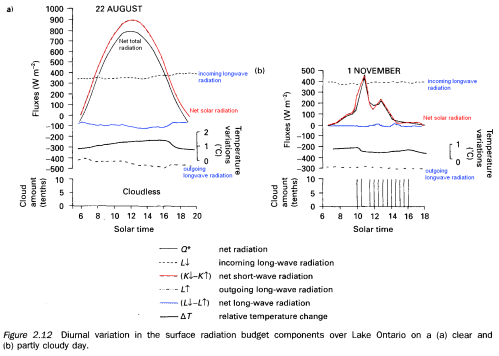CrusaderFrank
Diamond Member
- May 20, 2009
- 146,756
- 69,909
- 2,330
Smart photons
What were their scores on the Wonderlic test?
High enough to violate the laws of physics.
SSDD can explain further.
Going from cooler to warmer, as you propose, clearly violates Newton's Second Law

